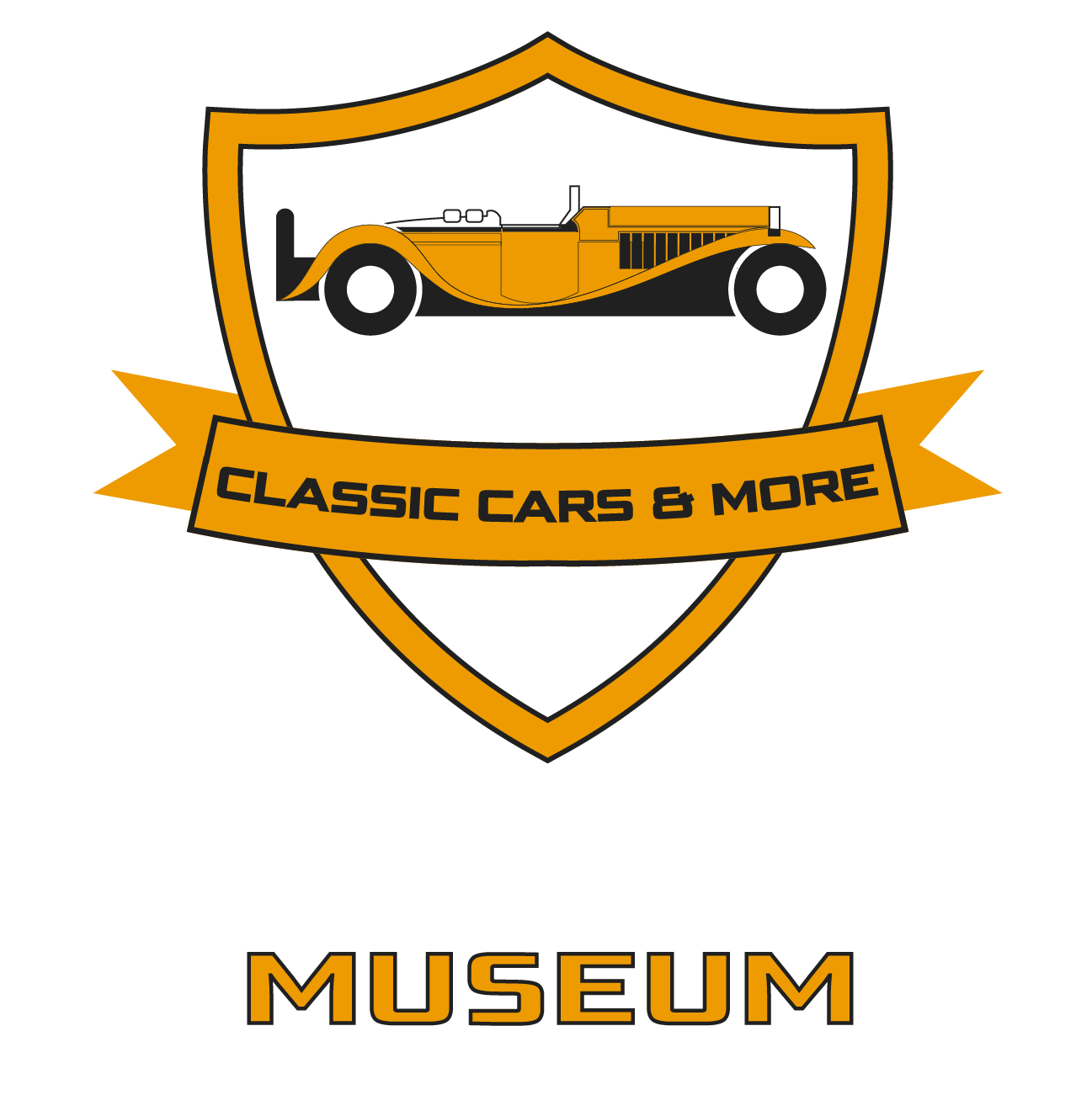365 DAILY NEWSLETTER
DKW F7
The DKW factory was founded by a Danish engineer named Jörgen Skafte Rasmussen, who in 1916 set up a factory in Germany, and in its inaugural year attempted to produce a steam-powered car, which was named DKW (Dampf-Kraft-Wagen mean steam-powered car). Although the experiment was not successful, the engine was later used in a motorcycle. Within a few years, the DKW brand became the world’s largest motorcycle manufacturer.
Although the main profile of the DKW factory was motorcycles, cars were also an integral part of the image. From 1928 to 1966, they produced cars and were among the first to use front-wheel drive and transverse engine mounting. Power came from a two-stroke engine of 600 or 700 cc, producing 18 to 20 horsepower. Their most popular pre-war models ranged from the F1 to the F8, where the ‘F’ stood for ‘front’.
The DKW F7 car was produced between 1937-38, with the highly innovative front-wheel drive, which became the default drive for most cars in the world in the following decades. The model was intended as an easily affordable family car for the middle class. Around 80,000 units were sold.
The car was a two-door version, with a two-stroke, two-cylinder engine (with 584 or 692 cc) and water cooling. Its gearbox is a 3-speed manual. The maximum speed the car can reach is between 80-85 km/h. The F7 was offered as a closed saloon or as a two-door convertible saloon. In 1938, a Front Luxury Cabriolet was added to the range.
On the badge, the Audi 4 hoop appears, which is still known today, but here it still shows the Auto Union brand name, which refers to the merger of the Horch, Audi, DKW and Wanderer brands.
The starter motor was a Dynastarter, which is also a dynamo and a self-starter. Interestingly, this basic idea is now being used again in hybrid cars.
The bodywork is wood-frame, so a restoration involves not only a careful overhaul of the engine and components, but also some serious carpentry work.
The strength of the wood-frame bodywork was demonstrated in a special load test, the photo about it can be seen in the gallery below the article.
The DKW F7 was a typical figure on the Budapest streetscape of the late 1930s and 1940s.
It is also interesting to note that in Hungary, left-hand drive was used until 1941, but all F7s were built as left-hand drive, making it difficult to drive in Budapest for the first few years.
Although the car looks old, its technical solutions were already very modern at the time and resemble those of today’s cars.
Subscribe to our newsletter
Provide your e-mail address and click the button below to receive special deals and premium offers




